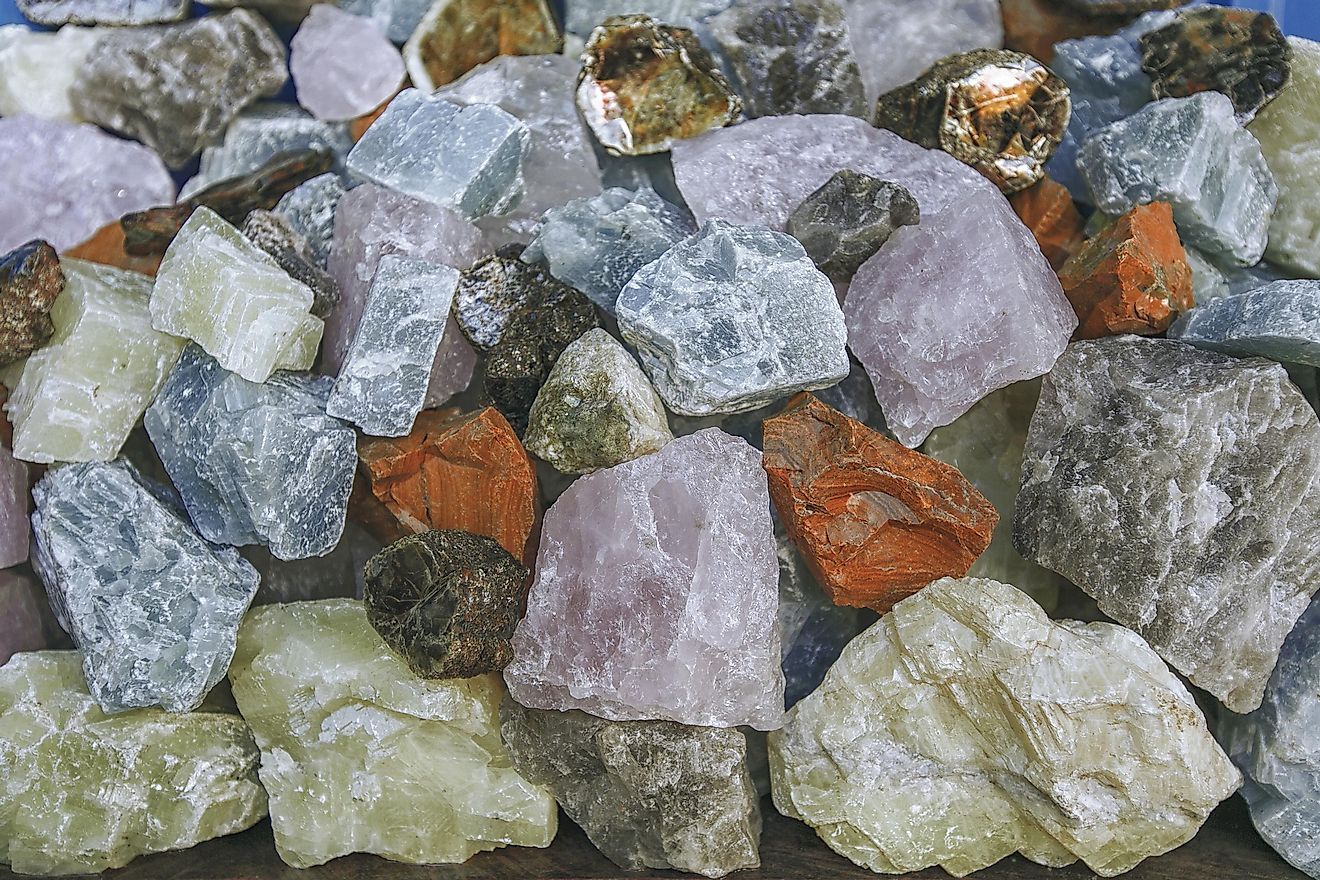What is the Difference Between a Rock and a Mineral?

- Living organisms get minerals from their diet.
- Rocks can contain numerous minerals.
- Some minerals can be very expensive.
Although they look the same on the surface, minerals and rocks differ in numerous ways. Both minerals and rocks are found in the earth’s crust, and they have commercial values. They also serve as raw materials for manufacturing various products. Rocks and minerals are naturally occurring solids. Rocks can have numerous minerals; therefore, some of them are mined for the minerals they contain. Some minerals like feldspars, mica, and quartz are quite common, while other rare ones can only be found in one or two places on earth. These precious minerals like rhodium, platinum, gold, Iridium, and ruthenium are quite expensive. Some of the most common rocks on the planet include sandstone, slate, marble, granite, and limestone. These rocks are made up of numerous minerals that are mixed with the rock during various geological processes. Some of the main differences between rocks and minerals include:
Structure and Shape
Minerals are homogenous elements that are inorganic in nature with specific chemical composition, whereas rocks are made up of numerous minerals. Some rocks are organic and may contain mineraloids and organic remains. Most minerals are chemical compounds; however, some minerals like gold and copper are elements. Minerals have a specific crystalline shape, which is formed by numerous geological processes and particular colors, while rocks don’t have a definite shape and color. Minerals have repeating atomic arrangements while rocks do not. Similar minerals have the same chemical compositions, whereas rocks contain different minerals. Rocks occur in solid form on the crust of the earth, whereas minerals can also be found as mineral deposits.
Classification
Rocks are smaller than boulders and bigger than pebbles. Rocks can be grouped according to their minerals and chemical compositions. Rocks are classified into three classes: metamorphic, igneous, and sedimentary rocks. Sedimentary rocks are made up of particles of pebbles, shells, and sand, among other materials. These materials harden over time to become a sedimentary rock. Sedimentary rock is the only rock that has fossils, and it is quite soft and can easily crumble under pressure. Some of the most common sedimentary rocks include slate, marble, and pumice. A metamorphic rock was initially a sedimentary or igneous rock that has been transformed by the pressure and intense heat in the earth’s crust. An igneous rock, also known as a magmatic rock, is created when lava or magma cools and solidifies. Igneous rocks are the oldest rocks on the planet. Some of the most common rocks include granite, slate, and gneiss. Minerals are classified according to their physical and chemical properties and not how they were formed. Some of the main classes of minerals include halides, carbonates, sulfates, oxides, and silicates, among others.
Nutritional Values
Minerals have many nutritional benefits, including muscle contraction, bone formation, and blood coagulation, among others. Minerals are chemical elements that are required as essential nutrients by the body to perform its normal functions. Living organisms cannot synthesize minerals; therefore, they get minerals from their diet. Some of the main minerals in the human body include magnesium, potassium, calcium, and sodium, among others. Rocks have no nutritional values, but they can be used to build shelters.











